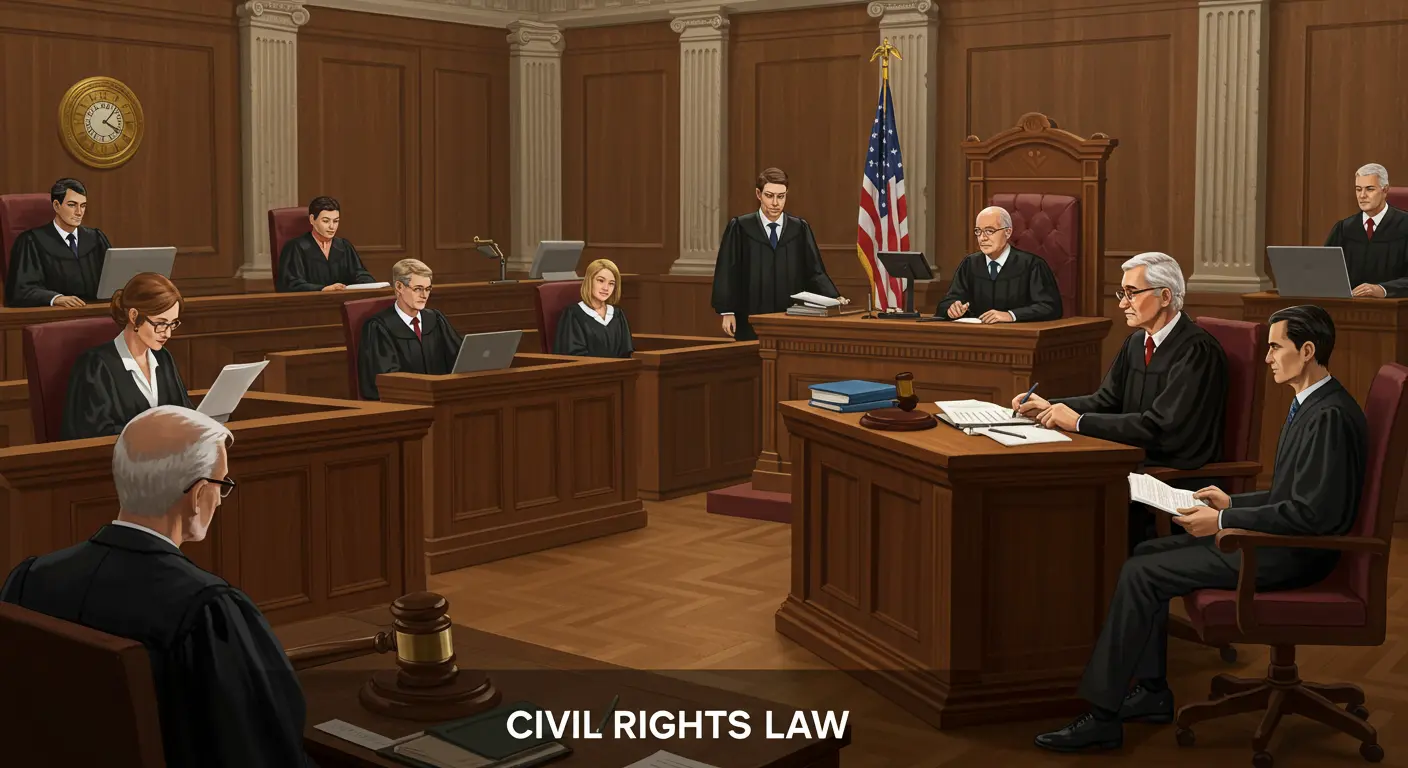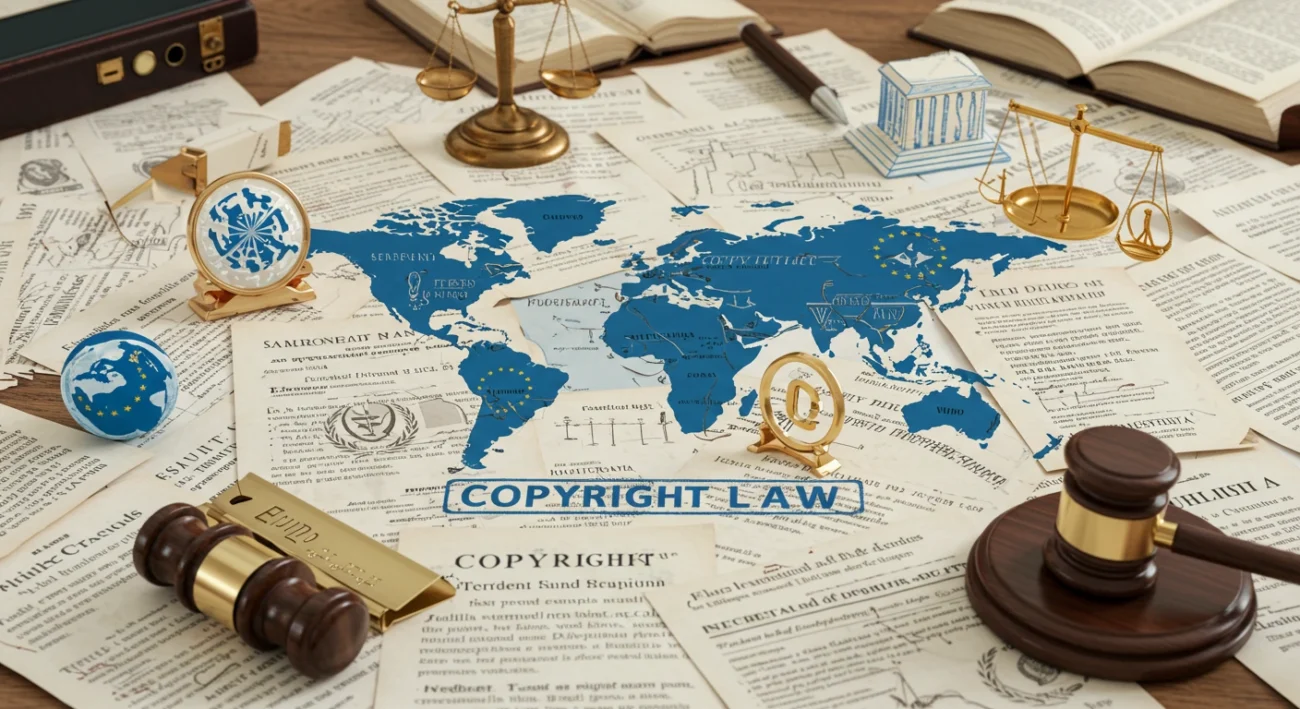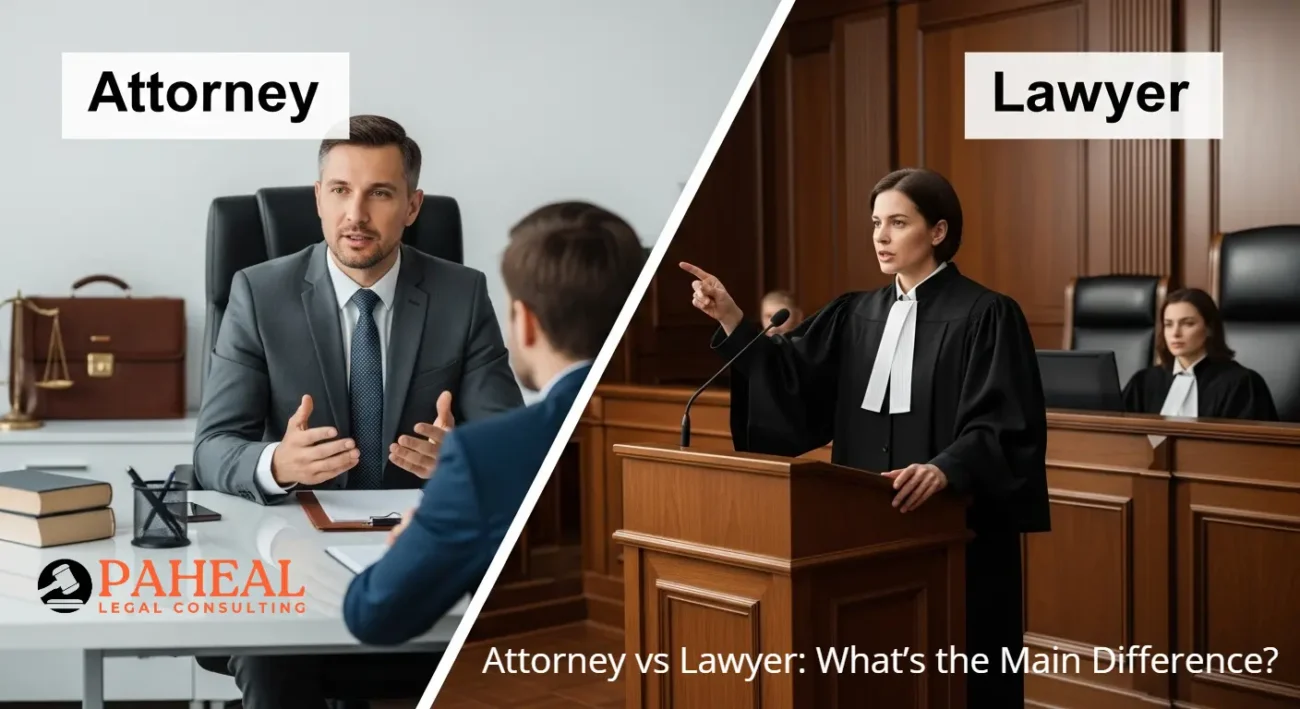
New York has long been a critical battleground for civil rights advancement, pioneering legal frameworks that often exceed federal protections. This case study examines the historical evolution, landmark cases, enforcement mechanisms, and contemporary challenges of civil rights law in the state, revealing its unique role as both a laboratory for equality and a mirror reflecting persistent societal struggles.
Historical Foundations and Legal Framework
Constitutional Bedrock: New York's 1938 Constitutional Convention established Article XVII, Section 1, declaring state responsibility for the "aid, care, and support of the needy." This Depression-era amendment—intended as a "charter of human protection" (per convention chair Edward Corsi)—later became the basis for expansive social rights litigation 13.
Beyond Federal Minimums: The New York State Constitution provides independent protections that are often broader than the U.S. Constitution. In Brown v. State of New York (1996), the Court of Appeals recognized constitutional tort claims for damages under the State Constitution even where federal remedies exist, establishing New York's "greater solicitude" for individual rights 1.
Local Innovations: New York City's 1965 Human Rights Law—one of the nation's strongest local anti-discrimination ordinances—protects against bias in employment, housing, and public accommodations across 30+ protected classes, including gender identity, immigration status, and unemployment status 3.
Landmark Legal Milestones
A. Racial Justice and Policing
Brown v. State of New York (1996): After a 77-year-old white woman was assaulted near Oneonta College, police demanded a list of all Black male students and conducted warrantless interrogations and hand inspections. The Court of Appeals permitted victims to sue for damages under the State Constitution's Equal Protection clause, condemning racial profiling as "antithetical to a free society" 1.
Floyd v. City of New York (2013): This class action challenged the NYPD's stop-and-frisk practices, revealing 4.4 million stops between 2004-2012 where 85% targeted Black/Latino New Yorkers and 88% yielded no criminal evidence. Federal Judge Scheindlin ruled the policy violated the Fourteenth Amendment and ordered:
Body cameras for patrol officers
A federal monitor for NYPD reforms
A "joint remedial process" incorporating community input 7.
Collaborative Enforcement: The Floyd case exemplified a partnership model where the Center for Constitutional Rights (CCR) and Communities United for Police Reform (CPR) coordinated litigation with grassroots mobilization, including courtroom demonstrations and mayoral election advocacy 7.
B. Housing and Shelter Rights
Callahan v. Carey (1979): Established New York City's constitutional "right to shelter" based on Article XVII. The ruling mandated shelter for homeless men, later extended to women (Eldredge v. Koch) and families (McCain v. Koch) 13.
Contemporary Crisis: In 2023, the city sought to suspend shelter obligations for asylum seekers, citing "extraordinary circumstances." A settlement limited adult migrant stays to 30 days, exposing tensions between constitutional mandates and resource constraints 13.
C. Education Equity
Language Access: The U.S. DOJ intervened in A.B. v. Rhinebeck Central School District (2004), securing a consent decree requiring comprehensive sexual harassment reforms. Similarly, Adams 12 Five Star Schools (2018) and Aiken County (2024) settlements enforced obligations for English learner programs under the Equal Educational Opportunities Act 9.
Disability Rights: The Anchorage School District settlement (2023) banned seclusion and restricted restraint of students with disabilities after DOJ findings of ADA violations 9.
Key Civil Rights Cases in New York
| Case | Year | Legal Issue | Outcome |
|---|---|---|---|
| Callahan v. Carey | 1979 | Right to shelter | Established shelter mandate for homeless |
| Brown v. State | 1996 | Racial profiling | Allowed damages under State Constitution |
| Floyd v. NYC | 2013 | Stop-and-frisk | Declared practices unconstitutional |
| A.B. v. Rhinebeck | 2004 | School harassment | Mandated anti-harassment training |
Enforcement Ecosystem
NYC Commission on Human Rights (CCHR): Enforces the nation's most protective local anti-discrimination law through:
Civil penalties up to $250,000
"Testers" investigating housing discrimination
Testimonial campaigns like "You Have Rights NYC" 3.
State Attorney General's Civil Rights Bureau: Prosecutes pattern-and-practice discrimination and hate crimes statewide.
Community-Legal Partnerships: Models like CPR's coalition of 60+ organizations demonstrate how groups like the NAACP Legal Defense Fund leverage grassroots data for systemic litigation 7.
Enforcement Mechanisms Comparison
| Mechanism | Scope | Tools | Limitations |
|---|---|---|---|
| CCHR | NYC only | Fines, training orders, restitution | Resource constraints for 30+ protected classes |
| Court-ordered Monitors | Case-specific | Policy reforms, compliance reporting | Limited duration; political resistance |
| Federal Oversight | Civil rights violations | Consent decrees, DOJ litigation | Shifting enforcement priorities across administrations |
Contemporary Challenges
Asylum Seeker Crisis: Over 180,000 migrants have strained New York's shelter system, testing Article XVII's limits. The 2024 shelter-time restrictions reveal tensions between constitutional duties and fiscal realities 13.
Algorithmic Discrimination: NYC's 2021 AI bias law (Local Law 144) exemplifies new fronts in civil rights enforcement, requiring audits of automated hiring tools.
Education Gaps: Despite Brown's legacy, New York maintains the nation's most segregated school system, with ongoing litigation challenging funding inequities 9.
Police Accountability: Stop-and-frisk declines (from 685,000 stops in 2011 to 13,000 in 2020) mask persistent racial disparities in low-level arrests 7.
Laboratories of Justice
New York's civil rights landscape reveals three enduring patterns:
Constitutional Innovation: Independent state constitutional provisions enable protections exceeding federal floors, as seen in Brown's constitutional torts and Callahan's shelter right 113.
Enforcement Synergy: Effective rights realization requires coupling litigation with community mobilization exemplified by CPR's integration of legal and grassroots strategies in Floyd 7.
Perpetual Evolution: Each victory (e.g., stop-and-frisk reforms) reveals new frontiers (algorithmic bias, migrant rights), proving civil rights advancement is iterative, not linear.
As demographic shifts and technological change accelerate, New York's legal frameworks tested through crises from the Great Depression to COVID-19 remain vital laboratories for the next generation of civil rights advocacy. The state's history confirms that constitutional principles gain meaning only through relentless enforcement and adaptation to emerging inequities.
Criminal Law FAQ
New York State Human Rights Law (NYSHRL) prohibits discrimination in employment, housing, and public accommodations.
Equal opportunities and prohibits discrimination based on race, color, religion, sex, or national origin.
New York is a common law state.
The New York Division of Human Rights (DHR) enforces state civil rights laws and investigates discrimination complaints.
Civil rights law protects individuals' rights to equal treatment and opportunities.
3 years for state claims and 300 days for federal claims with the EEOC.
Need more help?
Call, email or chat a member of the Answer Connect team today!
Attorney vs Lawyer: What’s the Main Difference?
-
Posted by
admin
- 0 comments
Suspended License Lawyer in NY
-
Posted by
admin
- 0 comments
Chat with a LiveHelp Operator now!
Need help finding what you need?
Chat with a live operator Monday to Friday, 9 AM to 5 PM (NY Time).
Please note that LiveHelp is unavailable on most holidays. Before chatting, review our privacy policy for more information.




